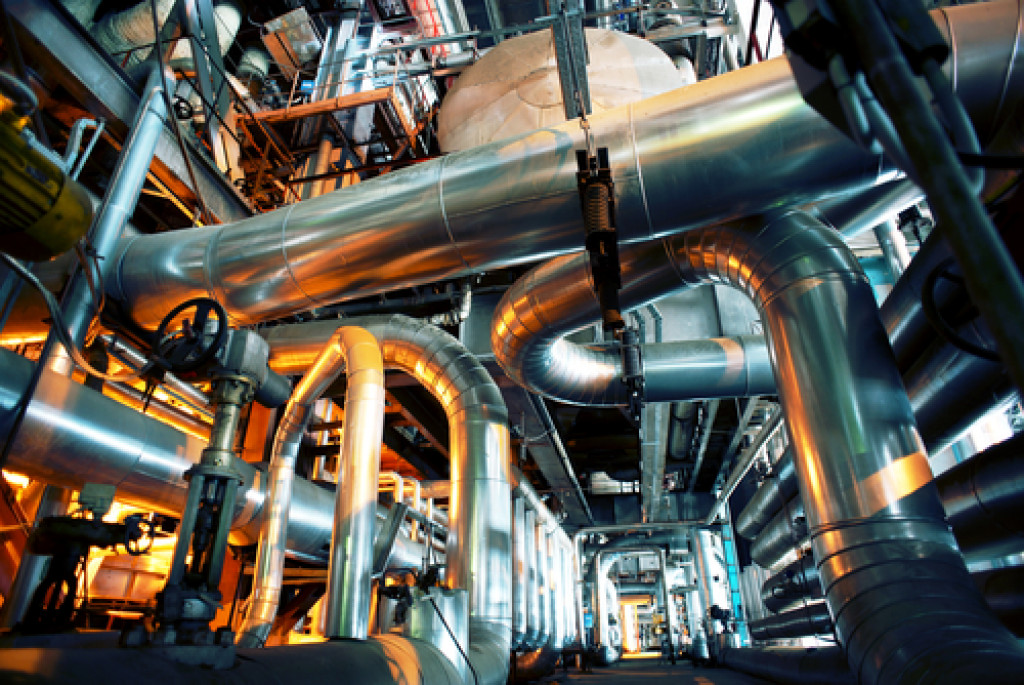- Streamline workflow to identify and eliminate bottlenecks and redundant processes.
- Implement effective training programs for employees with comprehensive knowledge and skills.
- Optimize equipment and machinery to ensure peak efficiency and reduce downtime.
- To streamline operations, utilize automated devices, such as robotics, conveyors, AGVs, and electric actuators.
- Embrace data analytics to identify trends and optimize scheduling and resource allocation.
Productivity is critical in ensuring efficiency, profitability, and overall success in industrial processes. Finding ways to boost productivity is essential for businesses looking to stay competitive in today’s fast-paced industrial landscape. This guide will explore ten effective strategies to enhance productivity in industrial processes. Implementing these techniques allows you to optimize workflow, minimize downtime, and maximize output.
1. Streamline Workflow
Efficient workflow is the foundation of productivity in industrial processes. Analyze your existing workflow and identify areas that can be streamlined. Look for bottlenecks, unnecessary steps, or redundant processes that hinder productivity. Implement lean manufacturing principles and reorganize workstations to optimize the flow of materials and information. Consider integrating technology solutions such as Manufacturing Execution Systems (MES) or Enterprise Resource Planning (ERP) systems to automate and streamline processes. You can enhance productivity and reduce wasted time and resources by eliminating inefficiencies in your workflow.
2. Implement Effective Training Programs

Investing in training programs for your workforce is crucial for improving productivity. Provide comprehensive training to your employees, ensuring they have the necessary knowledge and skills to perform their tasks efficiently. Regularly assess their competency and provide additional training when needed. Cross-train employees to increase flexibility and empower them to handle multiple roles. Encourage ongoing learning and professional development to keep your workforce up-to-date with industry trends and technologies. Equipping your employees with the right skills and knowledge can enhance productivity and promote a culture of continuous improvement.
3. Optimize Equipment and Machinery
The performance of equipment and machinery significantly impacts productivity in industrial processes. Regularly inspect and maintain your machinery to ensure it operates at peak efficiency. Implement preventive maintenance programs to address issues before they become major problems. Consider upgrading outdated equipment with more advanced and efficient models. Embrace emerging technologies like Internet of Things (IoT) devices to monitor real-time equipment performance and detect anomalies. By optimizing your equipment and machinery, you can minimize downtime, improve reliability, and boost overall productivity.
4. Utilize Automated Devices
Automation is revolutionizing industrial processes and driving productivity gains. Embrace automated devices to streamline operations. These devices can handle repetitive or labor-intensive tasks, reducing the reliance on human labor and minimizing the risk of errors. Integrate automation technologies with your existing systems to create a seamless and efficient production environment. Automated devices can work around the clock, improving output and allowing your workforce to focus on more value-added activities.
Here are some automated devices you should utilize:
Robotics
Robotics can dramatically improve the speed and accuracy of production processes. By investing in robotic automation, you can reduce costs while increasing efficiency and reliability. Robotic arms are ideal for repetitive tasks such as material handling or assembly operations and can be programmed to follow precise instructions with high accuracy. Robots are also equipped with sensors and safety features that help protect your employees from potential hazards associated with working in hazardous environments.
Conveyors
Conveyor systems can move large amounts of materials quickly and efficiently without relying on manual labor. They provide reliable transport between different workstations, increasing workplace productivity significantly. Due to their automated nature, conveyor systems require minimal maintenance and can operate for long periods of time without interruption. By installing a conveyor system, you can increase throughput and reduce costs associated with manual labor.
Automated Guided Vehicles (AGVs)
Automated guided vehicles (AGVs) are mobile robots designed to efficiently transport goods from one place to another. They use sensors to navigate obstacles and detect any environmental changes. AGVs are particularly useful for transporting materials between different production areas or warehouses, as they require minimal human intervention. By investing in AGV technology, you can streamline your material handling processes and improve the overall efficiency of your operations.
Electric Actuators
Investing in reliable industrial electric actuators can help you control industrial machinery’s movement. They convert electrical signals into mechanical motion, allowing you to control your production processes precisely. Electric actuators are essential for automation systems and can significantly improve robotics, packaging, and assembly operations efficiency. Investing in electric actuators allows you to automate complex tasks quickly and accurately without relying on manual labor.
5. Embrace Data Analytics

Data analytics provides valuable insights that can drive productivity improvements in industrial processes. Implement data collection systems to gather real-time data on your operations, such as production rates, equipment performance, and inventory levels. Analyze this data to identify trends, patterns, and areas for improvement. Utilize advanced analytics techniques, such as predictive modeling and machine learning, to forecast demand, optimize scheduling, and reduce waste. By harnessing the power of data analytics, you can make informed decisions, optimize resource allocation, and improve overall productivity.
Final Thoughts
Boosting productivity in industrial processes is essential for business success. You can achieve significant productivity improvements by streamlining workflow, implementing effective training programs, optimizing equipment and machinery, utilizing automated devices, and embracing data analytics. Remember that productivity enhancement is ongoing, and continuous evaluation and improvement are necessary. Stay open to your industry’s new technologies, methodologies, and best practices to maintain a competitive edge. A productive industrial process ultimately enables you to meet customer demands efficiently, reduce costs, and drive growth.







